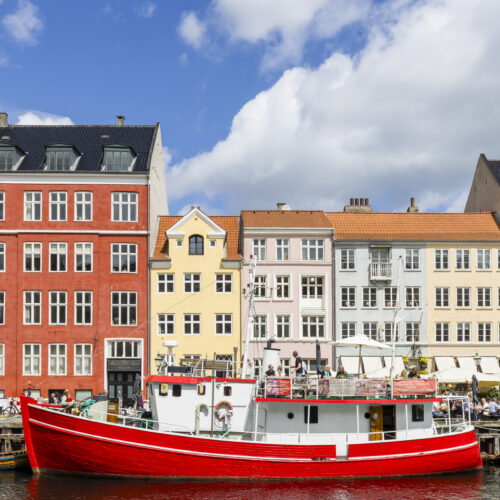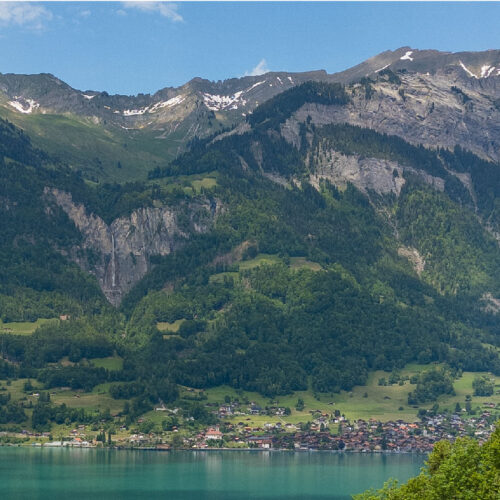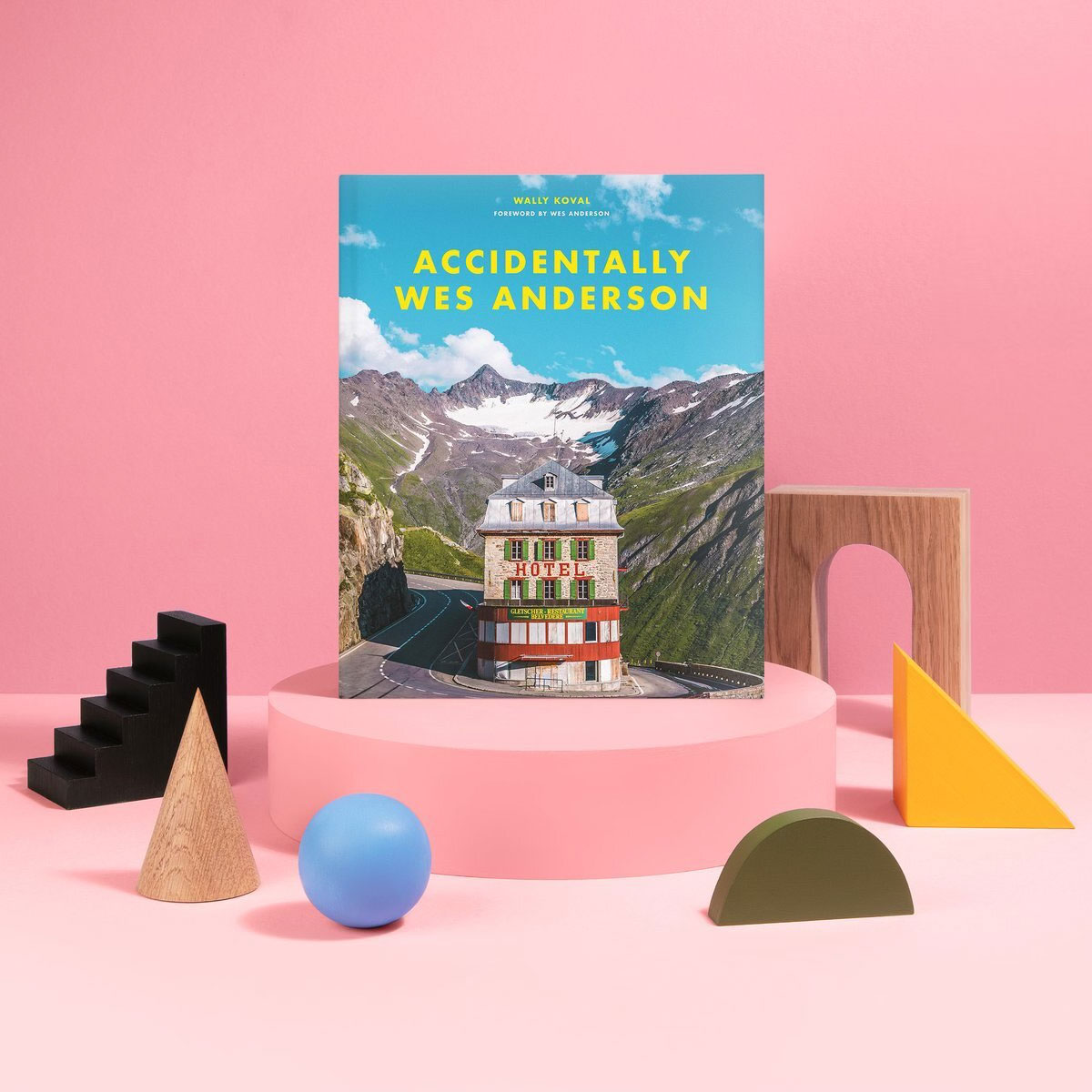It’s no mystery why Vienna is voted the most livable city in the world. There is a charm about this city that is undeniable. Best known for its imperial architecture, world renown museums, and a long lasting tradition of musical arts, Vienna has something for everyone. Our only regret is not staying longer.
AWA Adventure guides See All

Denmark
Pack your smørrebrød and your sense of wonder — we’re off to Denmark! From castles that float to bridges that go in circles (on purpose), this little country packs in a big dose of charm.

Italy
Beginning in Rome and making our way up to Florence, our Italian Adventure was full of gorgeous cathedrals, mom and pop shops, delicious pasta, and too many Italian dogs to count.

A Highway Guide to Nevada
From the shores of Lake Tahoe to the allusive Area 51 and to the majestic Hoover Dam, our Nevada road trip was full of unique signs, historic towns, and a handful of tumbleweeds.

Switzerland
From exploring art museums in Basel, to not lifting a finger at luxurious hotels, and to visiting charming Swiss chalets, our second trip to the Land of Milk and Honey was just as magical as the first.

The Seventh Continent
All aboard! We embark from the end of the world aboard the MS Roald Amundsen on a (shivery) trip of a lifetime!

A Curious Scottish Excursion
Over a century ago, Phileas Fogg circumnavigated the globe over 80 trips around the sun. Taking a page out of his whimsical legacy, we found ourselves on a similarly audacious adventure—in Scotland.
























